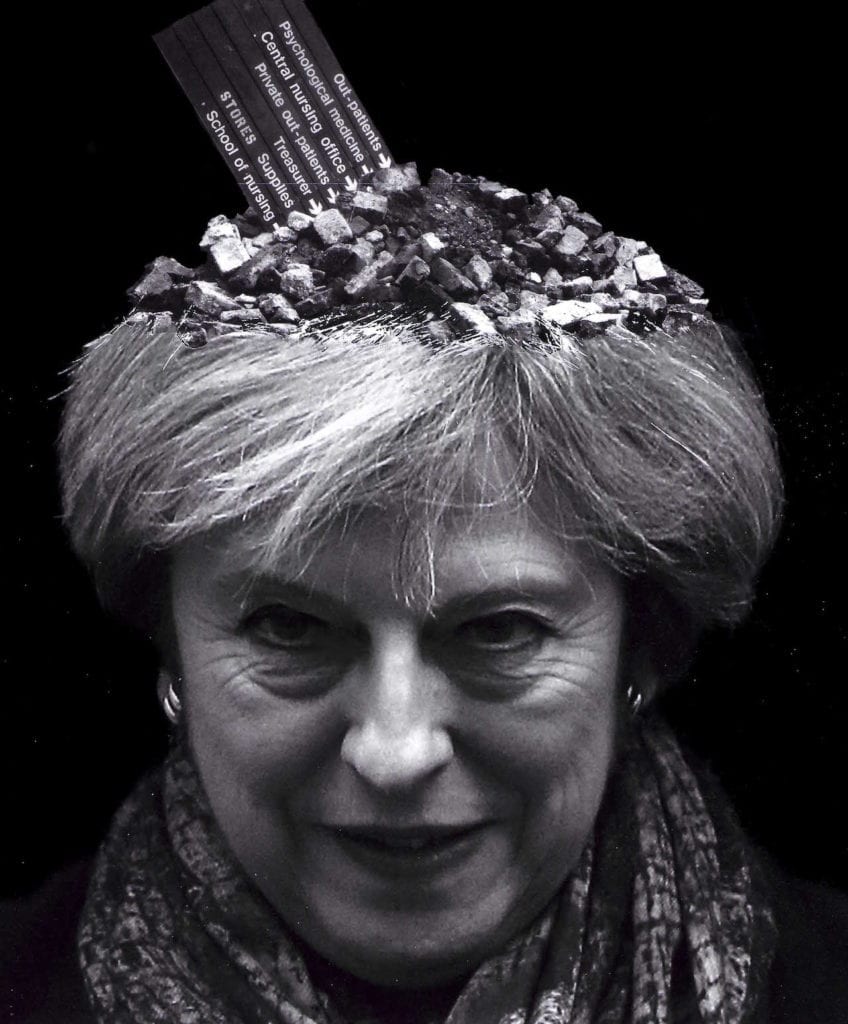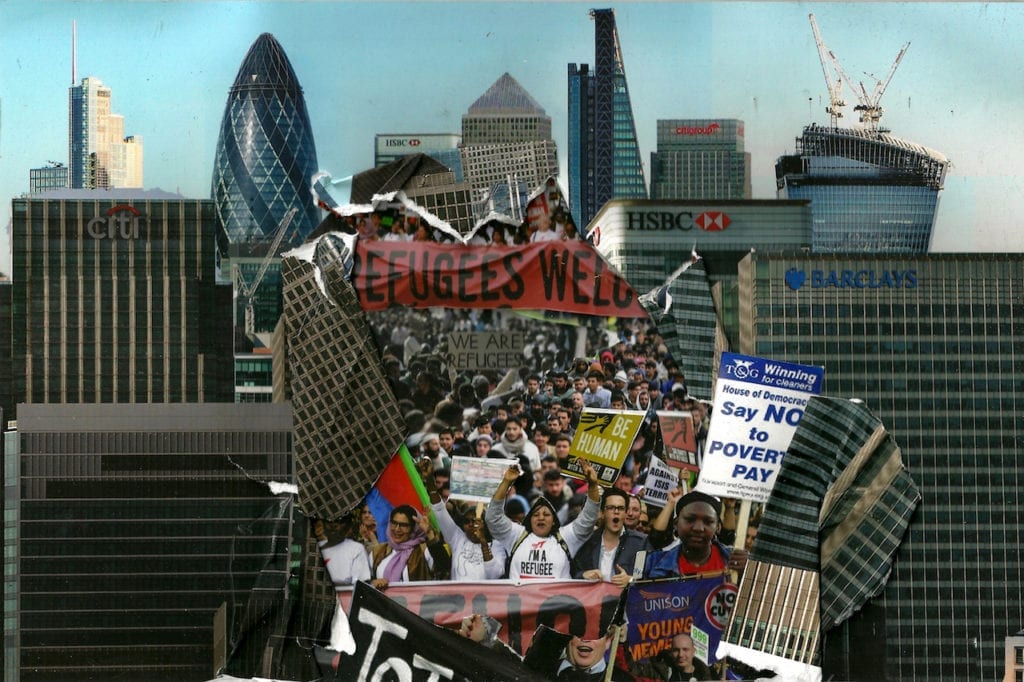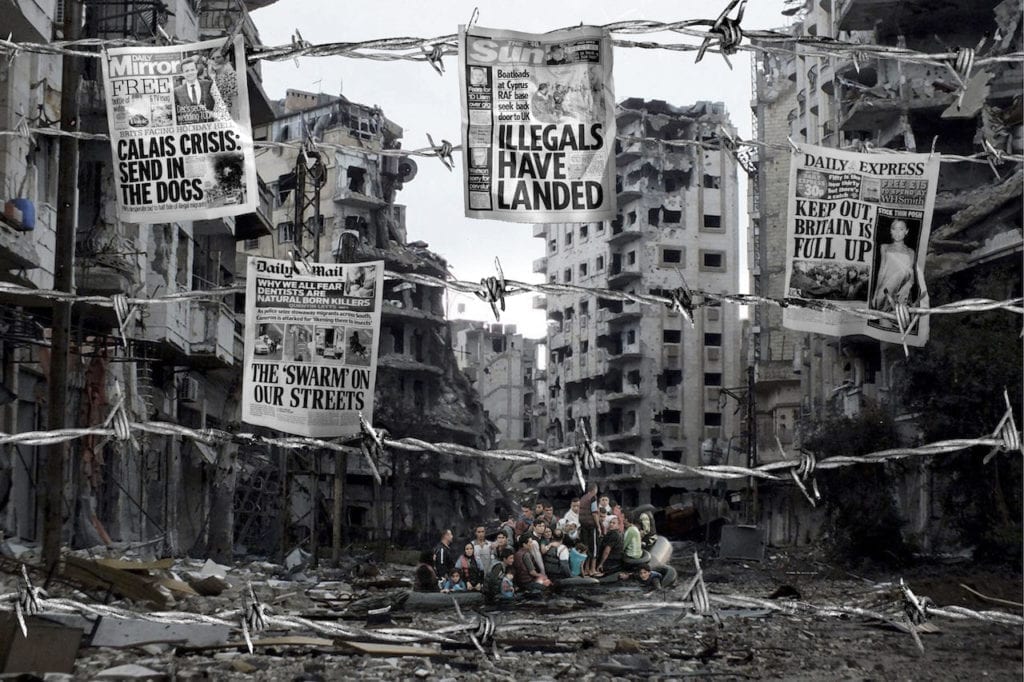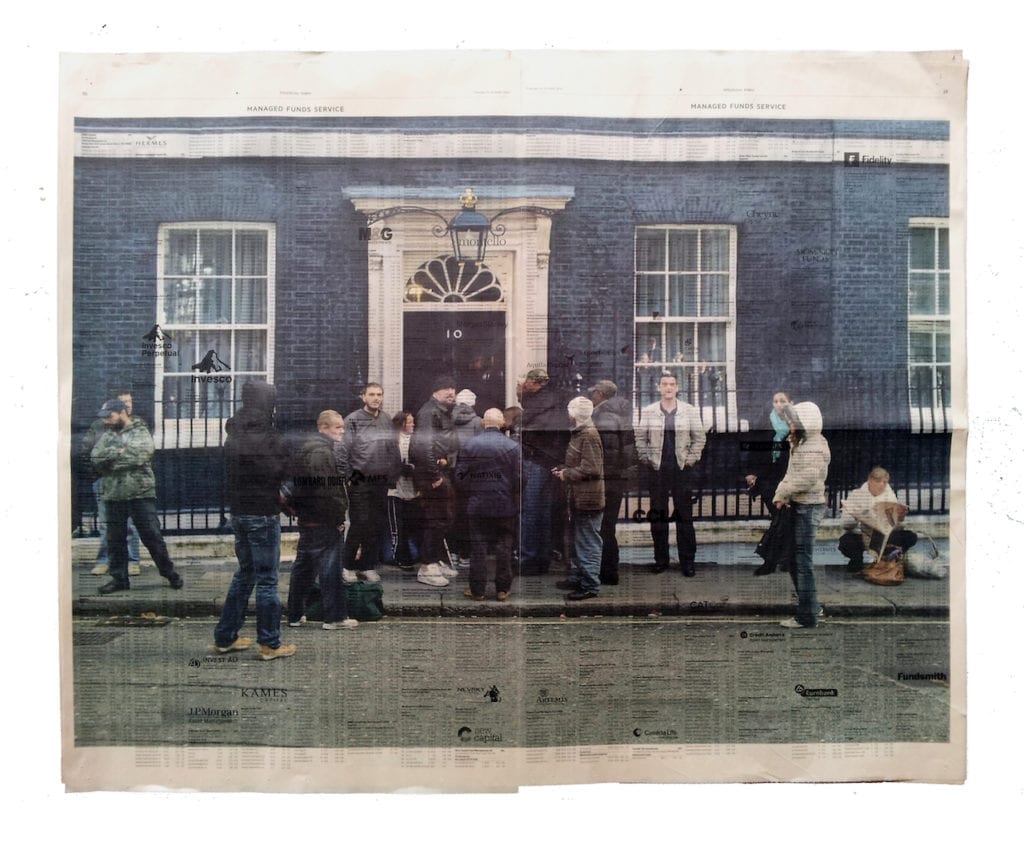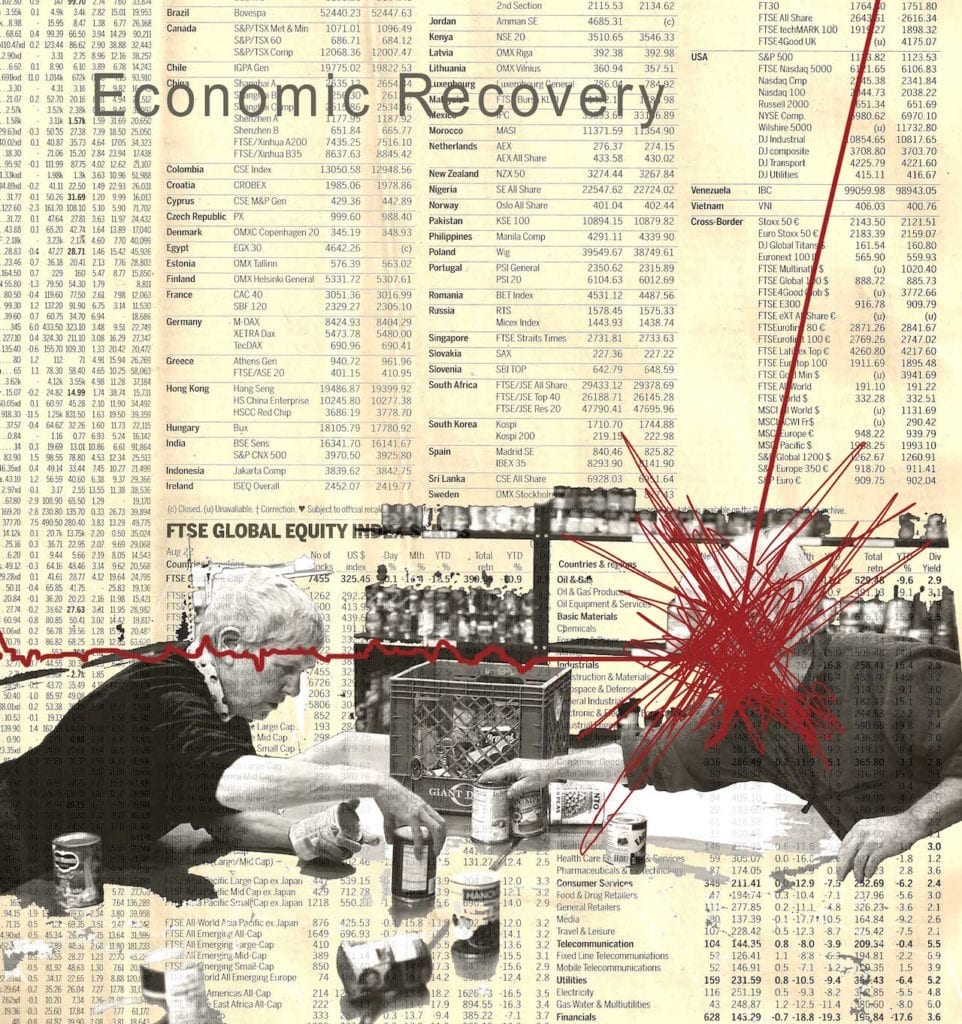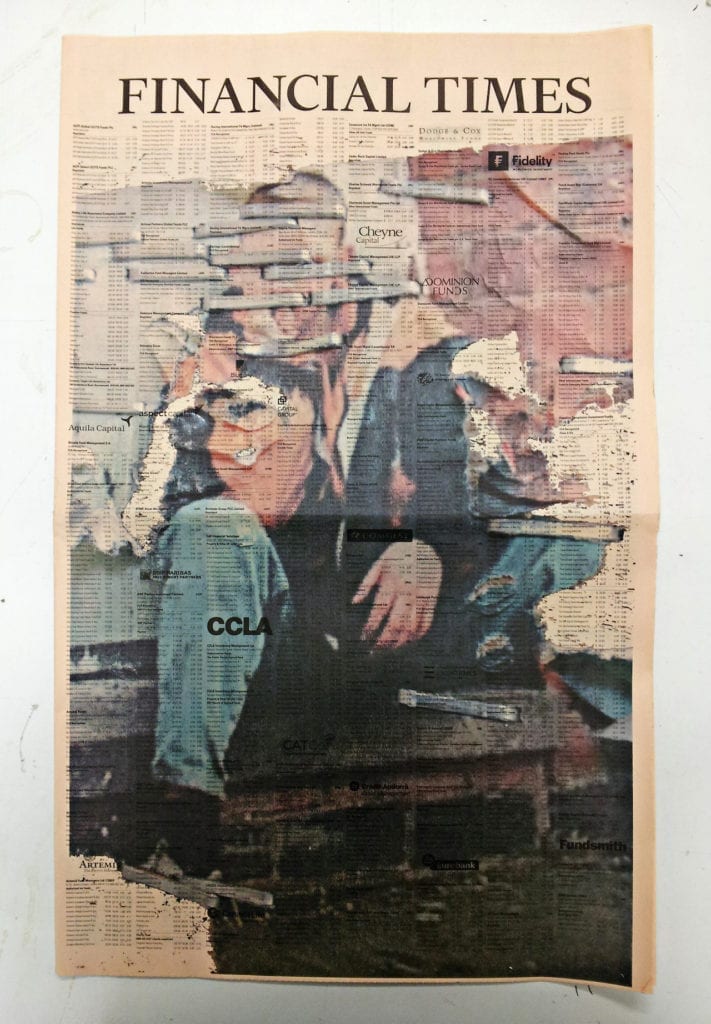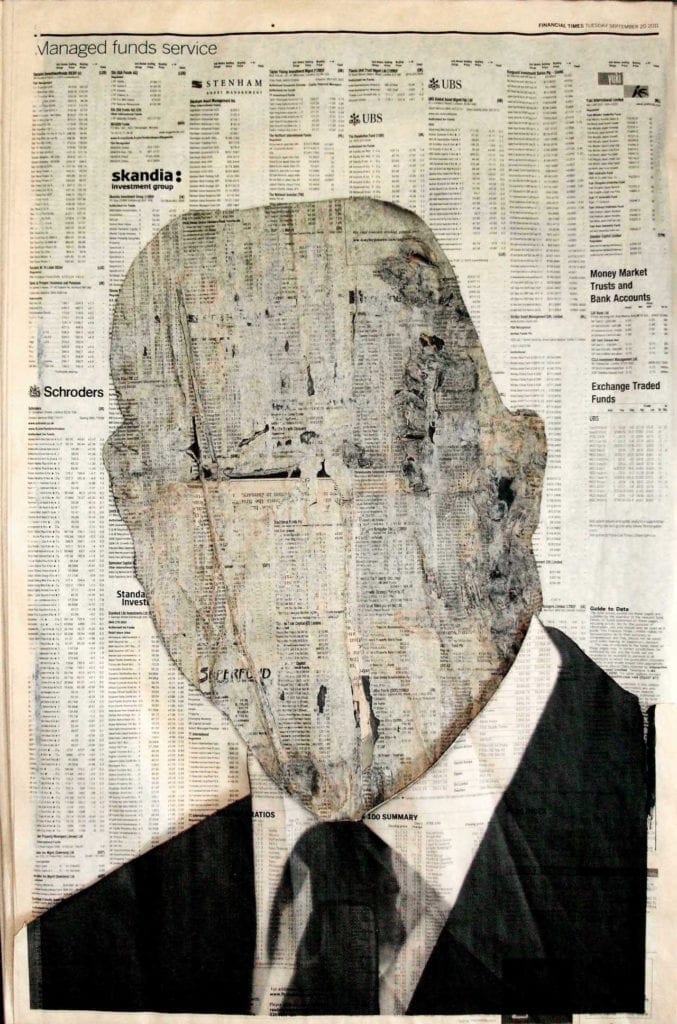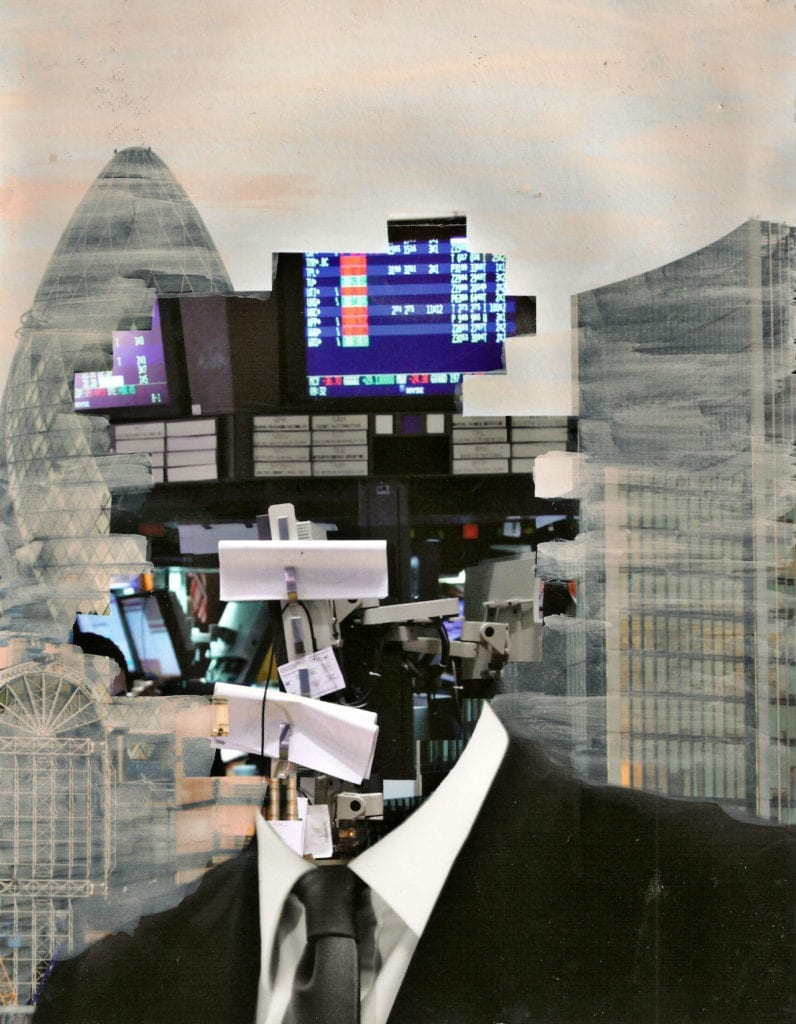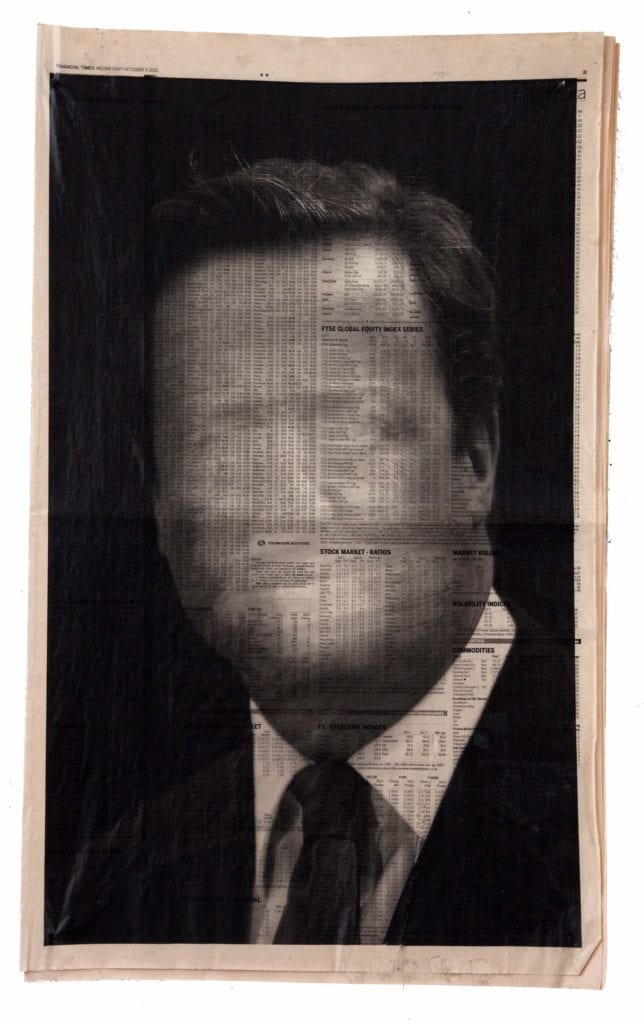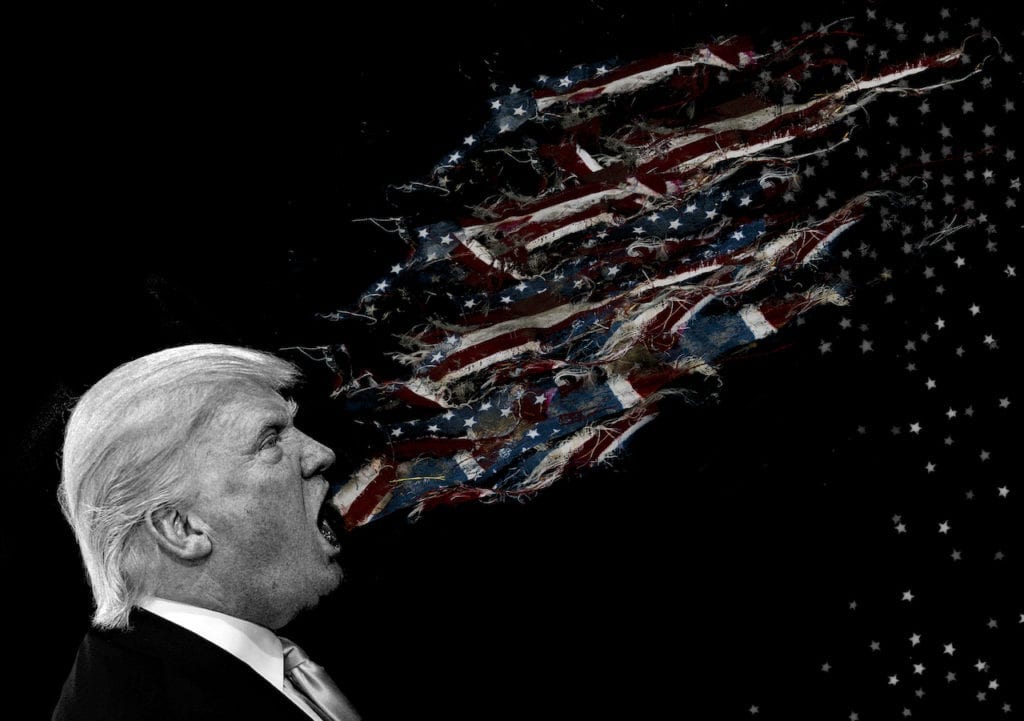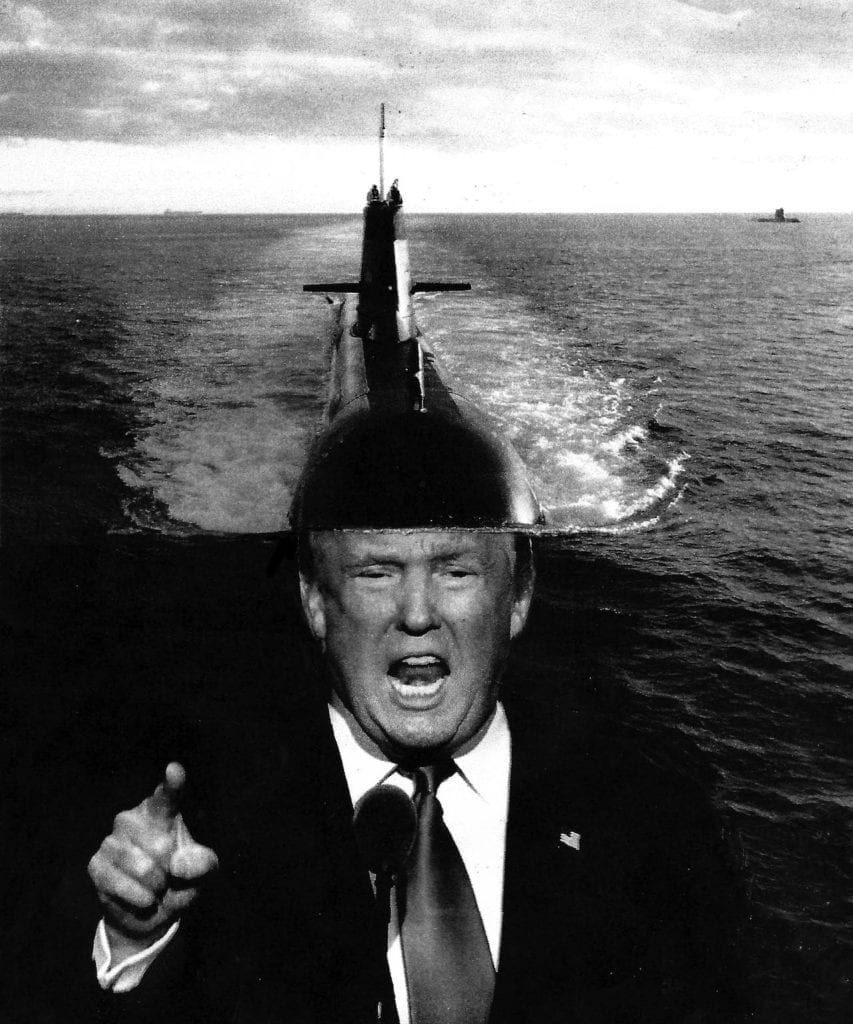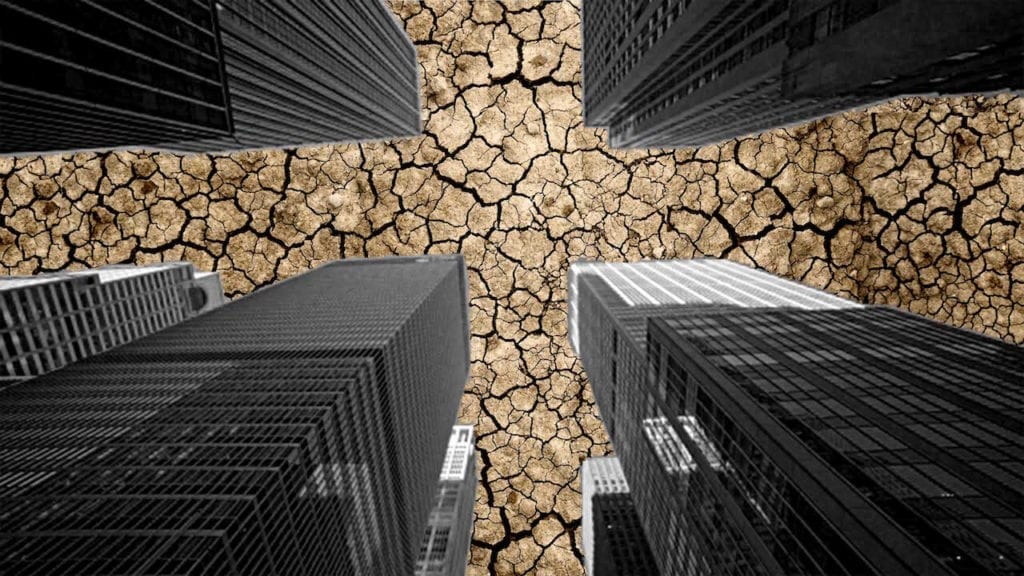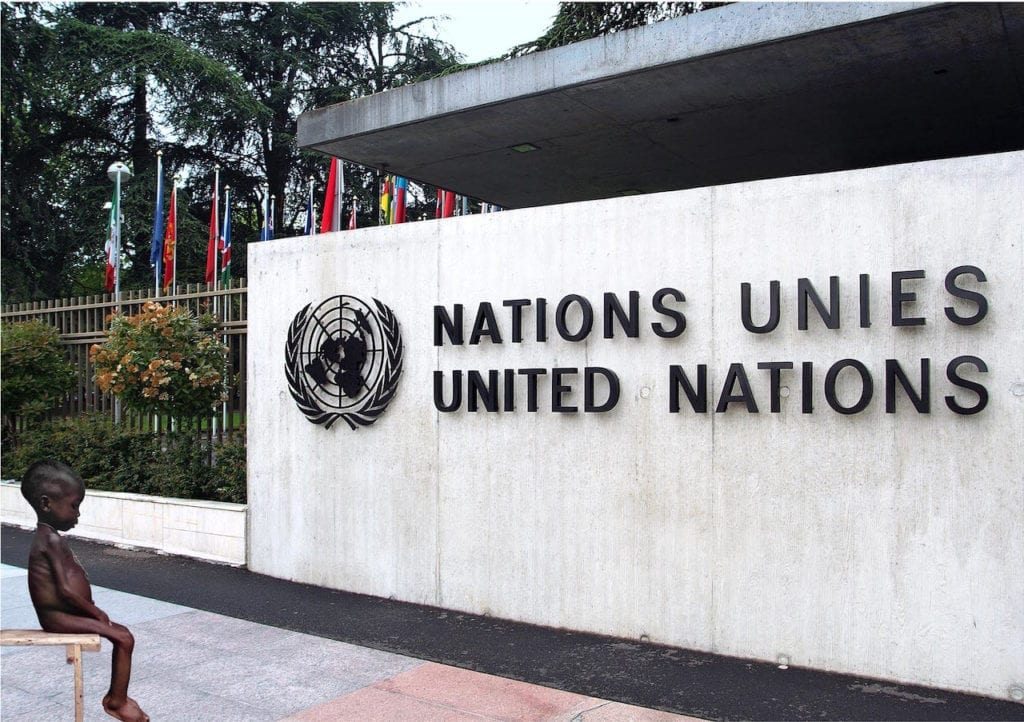The Labour Party lost the British election on 08 June but, winning 262 seats and relieving the incumbent Conservative Party of its Parliamentary majority, it far outstripped expectations. The reasons why are complex, but a striking factor from an image-making perspective was the spread of pro-Labour photographs, videos and gifs on social media.
The day after the election The Guardian ran a story asking Was it the Corbyn memes wot won it? listing some of the top-performers – the image showing Labour leader Jeremy Corbyn photoshopped onto the cover of Dizzee Rascal’s seminal Boy in da Corner album, for example, or the gif of Corbyn turning to camera, appearing to break the fourth wall. The Guardian didn’t include it, but the video grafting Corbyn’s head onto Stormzy’s body in the Grime star’s Shut Up video proved another run-away success online.
Forums for collating such content soon popped up, such as the June 8 Shitposting Social Club Facebook group or the #LastMinuteCorbynSmears hashtag on Twitter. And, with Prime Minister Theresa May’s position now in question, and the Conservative government seeking an alliance with the Democratic Unionist Party, the memes are still spreading fast online.
Often featuring pirated images, these photographs, videos and gifs are difficult for BJP to show – so we caught up with kennardphillipps, to get the duo’s take on their power. Comprised of Peter Kennard and Cat Phillipps, kennardphillipps know a thing or two about political cut-and-paste – Kennard has been making satirical photomontages since the 1970s, first through his work for the Anti-Vietnam movement and then, famously, through his images for the Campaign for Nuclear Disarmament.
He joined forces with Phillipps in 2002, when they started to making art about the invasion of Iraq. kennardphillipps’ most famous image from this period is called Photo Op, and shows Tony Blair taking a selfie in front of a huge explosion; it’s currently on show at the Imperial War Museum London, in the exhibition People Power: Fighting for Peace.
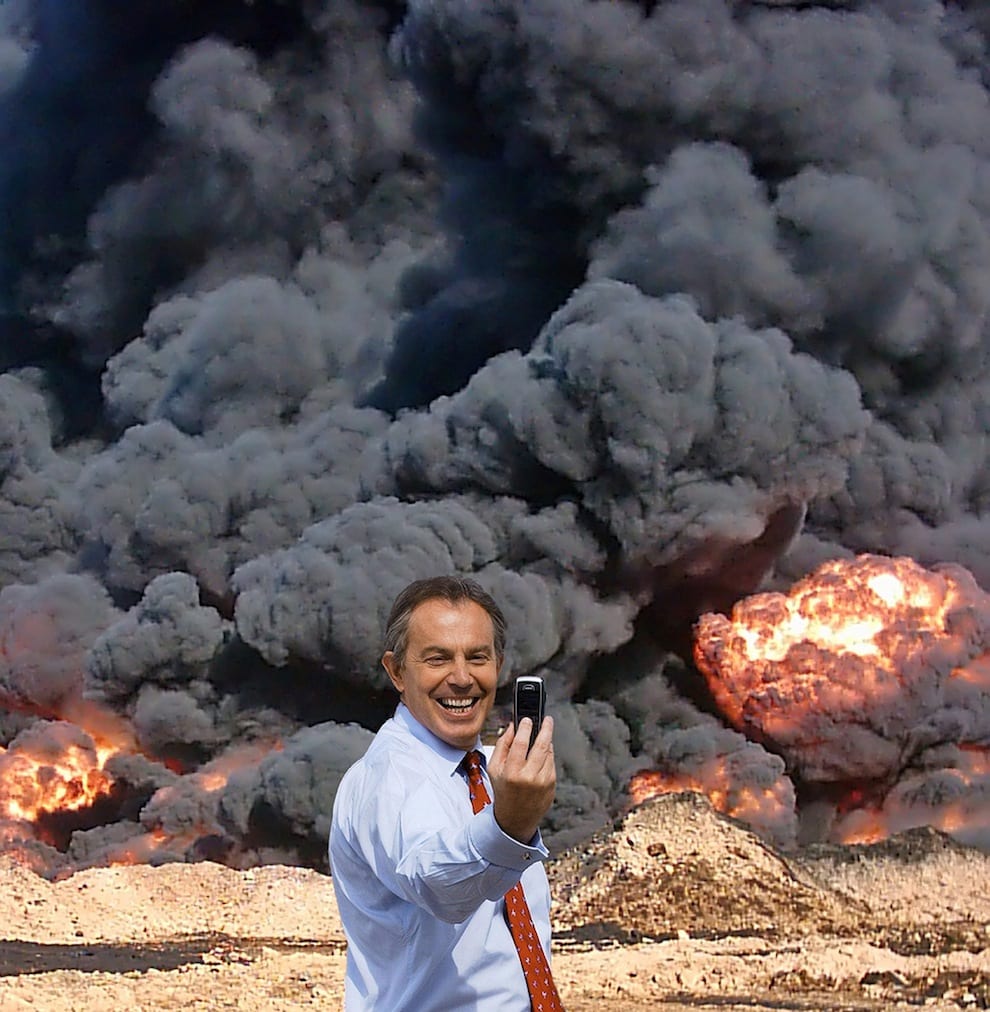
Photo-Op, 2005 © kennardphillipps, currently on show in People Power: Fighting for Peace at the Imperial War Museum London.
“The anti-austerity demos of recent years have been showered in incredible original and pithy homemade placards, making up slogans and hand-drawn and montaged images,” they responded.
“This act of re-imaging the powerful – be it political personality, corporate power or the content of Murdochian bilge – through ripping them up, mashing them together, desecrating them and outwitting them through surreal juxtaposition, this self-initiated act of creative destruction is deeply empowering, and is born from a need to publicly express one’s own anger with and dissent from the powers that be.
“This manifest outpouring of DIY content across social media and on the streets during the build-up to this election was concrete evidence of a crashing wave of political activity,” they continued. “The ability of youth to harness the democratic powers to be found in the new technologies is a fantastic show of strength.
“Through putting together an image – either digitally and/or with scissors and paste, with or without text – people get to feel a sense of empowerment, an empowerment that communicates to the viewer, be it via a placard, a street poster, or an image on social media. The act of re-using existing images and re-presenting them through juxtaposition is inherently subversive, and showed up in the countless images of Theresa May that came thick and fast in direct response to the official election campaigning day-to-day.”
May Not by kennardphillipps is on show at Dadiani Fine Art until 07 July. www.kennardphillipps.com dadianifineart.com People Power: Fighting for Peace is on show at Imperial War Museum London until 28 August www.iwm.org.uk
The day after the election The Guardian ran a story asking Was it the Corbyn memes wot won it? listing some of the top-performers – the image showing Labour leader Jeremy Corbyn photoshopped onto the cover of Dizzee Rascal’s seminal Boy in da Corner album, for example, or the gif of Corbyn turning to camera, appearing to break the fourth wall. The Guardian didn’t include it, but the video grafting Corbyn’s head onto Stormzy’s body in the Grime star’s Shut Up video proved another run-away success online.
Forums for collating such content soon popped up, such as the June 8 Shitposting Social Club Facebook group or the #LastMinuteCorbynSmears hashtag on Twitter. And, with Prime Minister Theresa May’s position now in question, and the Conservative government seeking an alliance with the Democratic Unionist Party, the memes are still spreading fast online.
Often featuring pirated images, these photographs, videos and gifs are difficult for BJP to show – so we caught up with kennardphillipps, to get the duo’s take on their power. Comprised of Peter Kennard and Cat Phillipps, kennardphillipps know a thing or two about political cut-and-paste – Kennard has been making satirical photomontages since the 1970s, first through his work for the Anti-Vietnam movement and then, famously, through his images for the Campaign for Nuclear Disarmament.
He joined forces with Phillipps in 2002, when they started to making art about the invasion of Iraq. kennardphillipps’ most famous image from this period is called Photo Op, and shows Tony Blair taking a selfie in front of a huge explosion; it’s currently on show at the Imperial War Museum London, in the exhibition People Power: Fighting for Peace.

“The anti-austerity demos of recent years have been showered in incredible original and pithy homemade placards, making up slogans and hand-drawn and montaged images,” they responded.
“This act of re-imaging the powerful – be it political personality, corporate power or the content of Murdochian bilge – through ripping them up, mashing them together, desecrating them and outwitting them through surreal juxtaposition, this self-initiated act of creative destruction is deeply empowering, and is born from a need to publicly express one’s own anger with and dissent from the powers that be.
“This manifest outpouring of DIY content across social media and on the streets during the build-up to this election was concrete evidence of a crashing wave of political activity,” they continued. “The ability of youth to harness the democratic powers to be found in the new technologies is a fantastic show of strength.
“Through putting together an image – either digitally and/or with scissors and paste, with or without text – people get to feel a sense of empowerment, an empowerment that communicates to the viewer, be it via a placard, a street poster, or an image on social media. The act of re-using existing images and re-presenting them through juxtaposition is inherently subversive, and showed up in the countless images of Theresa May that came thick and fast in direct response to the official election campaigning day-to-day.”
May Not by kennardphillipps is on show at Dadiani Fine Art until 07 July. www.kennardphillipps.com dadianifineart.com People Power: Fighting for Peace is on show at Imperial War Museum London until 28 August www.iwm.org.uk
